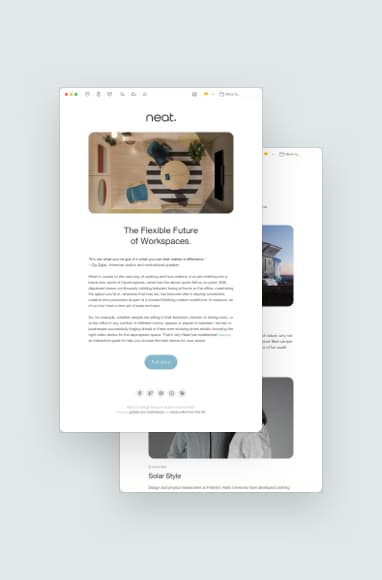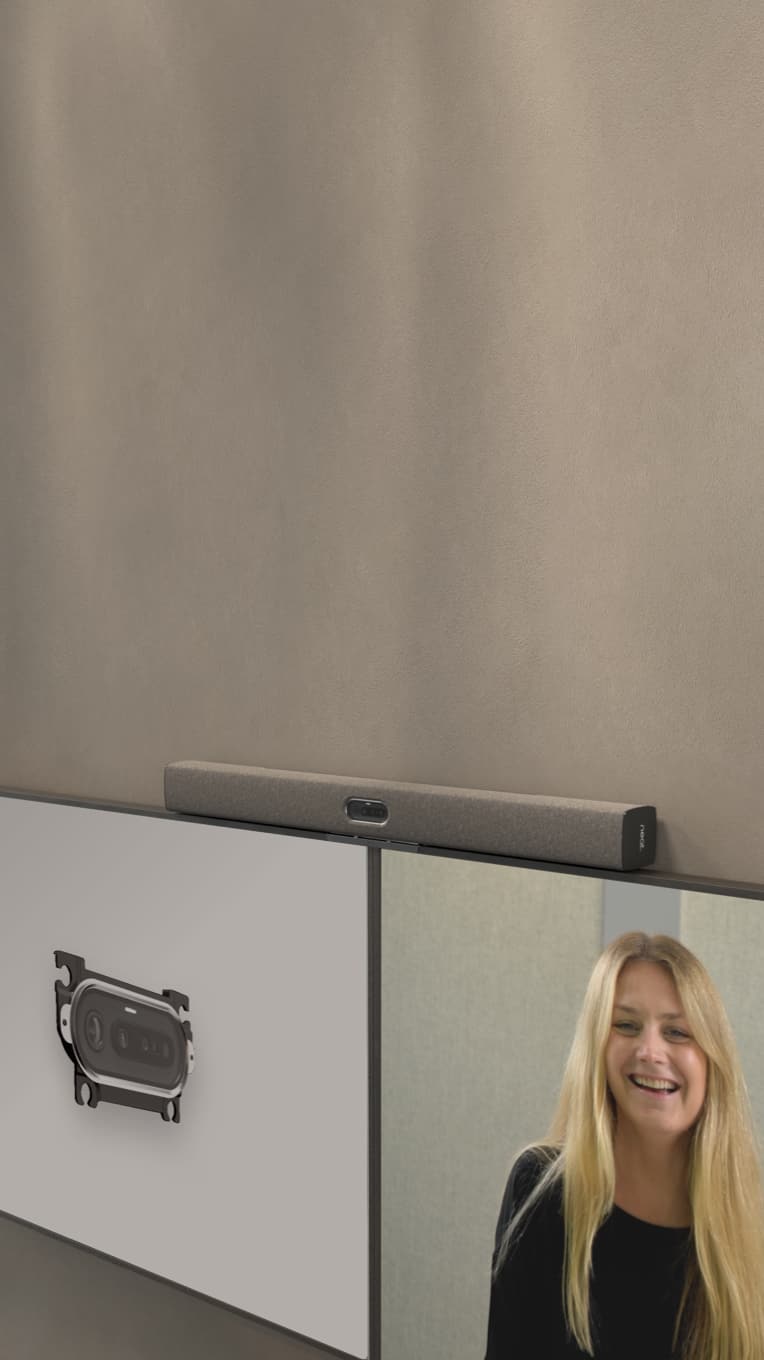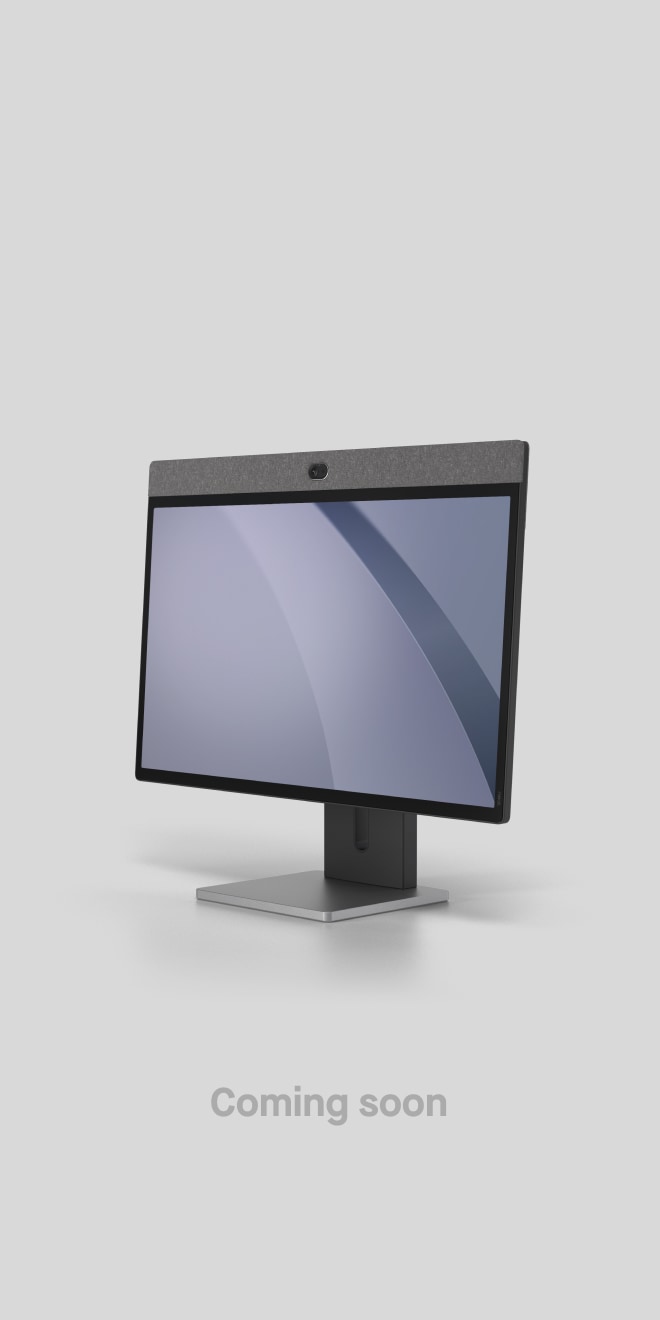Creating a Sustainable and Efficient Meeting Room: Why Neat Is a Top Choice
Neat, Nov 3, 2025

This article explores how to create meeting rooms that are both environmentally responsible and operationally efficient. You’ll learn about the benefits of sustainable meeting room design, the essential features of efficient video conferencing systems, and how eco-friendly technology can help achieve corporate sustainability goals. We’ll also highlight how certain tech solutions support these initiatives without compromising on performance.
Key takeaways
- Sustainable meeting rooms reduce environmental impact and operating costs.
- Efficient video conferencing solutions improve productivity and collaboration.
- Eco-friendly meeting room tech supports corporate ESG goals.
- Innovative, sustainable video collaboration devices for modern workspaces.
Introduction
In today’s climate-conscious business environment, organizations are prioritizing sustainability across all facets of operations, including workplace design. Meeting rooms, as hubs of collaboration, are being reimagined not only for better efficiency but also with a strong focus on environmental responsibility. This shift toward sustainable meeting rooms is not just a trend; it is becoming a strategic imperative.
This blog explores how businesses can create sustainable and efficient meeting rooms and why certain video collaboration solutions are ideal in helping achieve these goals.
The importance of sustainable meeting rooms
Sustainable meeting rooms are designed to minimize energy consumption, reduce waste, and integrate technology that supports long-term environmental goals. With increasing pressure to meet ESG (Environmental, Social, and Governance) standards, companies are turning to green solutions that align with their corporate values.
Features of a sustainable meeting room include:
- Low-energy lighting and displays.
- Smart Heating, Ventilation, and Air Conditioning (HVAC) and room occupancy sensors.
- Energy-efficient devices and peripherals.
- Recyclable or sustainably sourced furnishings.
- Digital collaboration tools that reduce the need for travel.
By implementing such features, businesses can significantly lower their carbon footprint, reduce operational costs, and promote a healthier working environment.
Designing your sustainable meeting room
When planning or upgrading your meeting room, consider the following:
1. Evaluate existing infrastructure
Start by conducting a comprehensive assessment of your current meeting room setup. Look at energy usage from lighting, displays, and HVAC systems. Take stock of the equipment and furniture in use, checking for outdated, inefficient, or non-eco-friendly components. This baseline evaluation will guide your decisions and highlight areas for immediate improvement.
2. Choose energy-efficient tech
Invest in video conferencing solutions, displays, and peripherals that are Energy Star certified or meet other recognized efficiency standards. Devices from companies like Neat are built to operate with minimal energy waste and often include features like smart standby modes and automated screen dimming.
3. Incorporate smart systems
Implement technologies that can automate and optimize energy use, such as motion-activated lighting, smart thermostats, and occupancy sensors. These tools ensure that your meeting room only uses resources when in active use, helping to lower your energy bills and environmental footprint.
4. Use sustainable materials
Opt for furnishings made from recycled, reclaimed, or sustainably sourced materials. Look for third-party certifications such as FSC (Forest Stewardship Council) for wood products or Greenguard certification for low-emission materials. Sustainable interiors contribute not only to your eco-goals but also to a healthier indoor environment.
5. Train users
Equip your team with the knowledge to use technology efficiently. Provide training on powering down equipment, leveraging automated settings, and conducting virtual meetings effectively. Encouraging sustainable behavior is essential to maximizing the impact of your eco-friendly investments.
Efficient video conferencing is a core component
Efficient video conferencing is the backbone of modern collaboration, particularly in hybrid work environments. Choosing systems that deliver high-quality audio and video while minimizing energy consumption is crucial for both productivity and sustainability.
Modern systems enable:
- Reduced travel through high-quality virtual meetings.
- Lower latency and faster connectivity.
- Integration with existing platforms (e.g., Microsoft Teams, Zoom, Google Meet.)
- Automated device management and diagnostics
Neat’s range of products, including Neat Bar Generation 2, Neat Board 32, and Neat Board 50 exemplify this balance by delivering reliable performance while adhering to sustainable design principles.

Eco-friendly meeting room tech
Eco-friendly meeting room tech is not just about using less power; it is about smarter, more responsible design. Key considerations include:
1. Energy efficiency
Devices that consume less energy and offer automated standby modes help reduce consumption during idle periods. Neat devices, for example, include intelligent wake and sleep functions that adapt to room usage.
2. Sustainable materials
Choosing products made from recycled or responsibly sourced materials is a growing priority. Tech providers that embrace sustainability in their manufacturing processes are making it easier to build environmentally responsible spaces.
3. Lifecycle management
Tech that is easy to upgrade or recycle reduces long-term waste. Modular components and software-driven updates, like those in Neat devices, ensure longevity and minimize the need for replacement.
4. Integration with smart office systems
Sustainable meeting rooms often feature Internet of Things (IoT) integration for automated lighting, climate control, and room scheduling. Neat’s devices are built for seamless integration, ensuring energy savings and efficient space utilization.
Neat for sustainability and innovation
Neat stands out not only for its sleek, user-friendly design but also for its commitment to sustainable innovation. Key features include:
- Energy-conscious operation: Neat devices are designed with low power consumption in mind.
- Smart automation: Auto-framing, noise suppression, and wake-on-approach features enhance user experience while conserving energy.
- Software-driven enhancements: Regular updates extend device lifecycles and reduce e-waste.
- Compact, minimalist design: Reduces material use and supports space-efficient meeting room setups.
By prioritizing both environmental and operational efficiency, Neat provides tools that help organizations meet their sustainability targets without compromising on collaboration quality.
You can read more about Neat’s responsible products and practices in our Neat Responsibility eBook.
Conclusion
Creating a sustainable and efficient meeting room is an investment in your organization’s future. With the right combination of design, technology, and practices, businesses can reduce their environmental impact while fostering productive collaboration.
Neat’s eco-conscious video collaboration devices are a smart choice for companies looking to align their operations with sustainability goals. Whether you’re building a new space or retrofitting an existing one, Neat helps you stay ahead in both innovation and environmental responsibility.
Why not book a demo and experience Neat devices for yourself?






